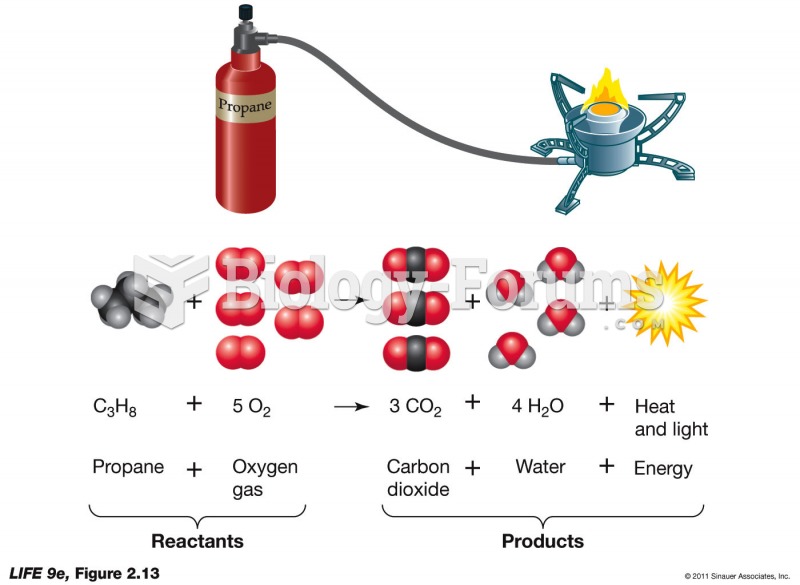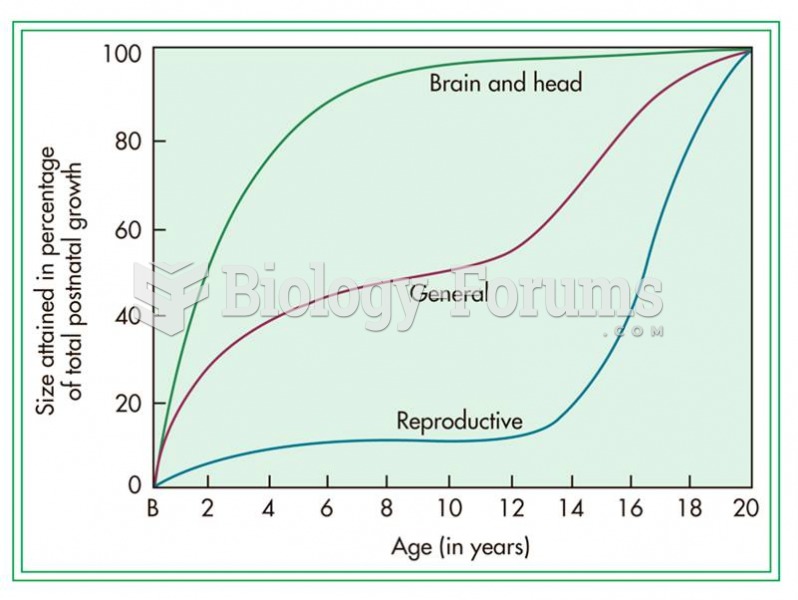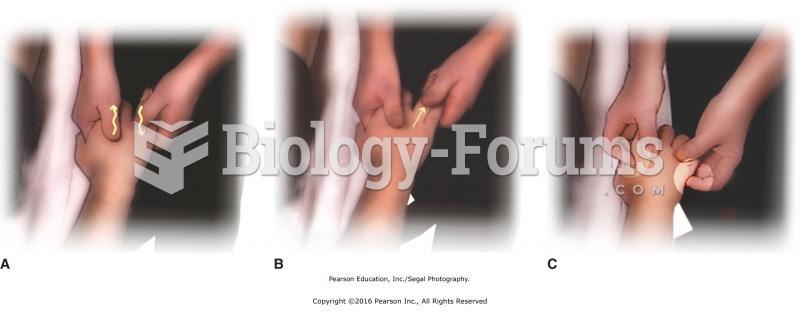Which of the following aspects of a limited partnership differentiates general partners from limited partners?
A) Duration of the partnership in a company
B) Sharing of profits of a company
C) Financial contribution to a company
D) Participation in management of a company
Question 2
Samantha's Dilemma
Samantha graduated from college and needed to decide where she wanted to work. She had several options. Her aunt Julie owned and operated a small business that she started about twenty years ago. Julie, an individual owner of her business, informed Samantha that she could work for her. On one hand, Samantha thought it would be a great opportunity to be able to work for her aunt, learn the business, and then run the business when her aunt retires. On the other hand, she also felt that she wanted something a little more challenging; a job where she could really use her education. Her other option would be to work for a company that a friend and her husband had started and jointly owned. It was a rapidly growing company with plenty of opportunity for advancement. However, Samantha had some reservations about this choice because she was not sure she wanted to work for friends. Her last option was to work for a large retail company, headquartered in Maryland, which had stores across the United States.
After much consideration, Samantha decided she didn't want an opportunity and a job because someone knew her. She wanted to prove how motivated and hardworking she was. Once she weighed all the advantages and disadvantages of her different options, she decided to work for the large retail company so that she could gain the most experience for herself.
Refer to Samantha's Dilemma. What would not be an advantage of Samantha's aunt's business?
A) Pride of ownership
B) Retention of profits
C) No special taxes
D) Ability to be your own boss
E) Unlimited liability







